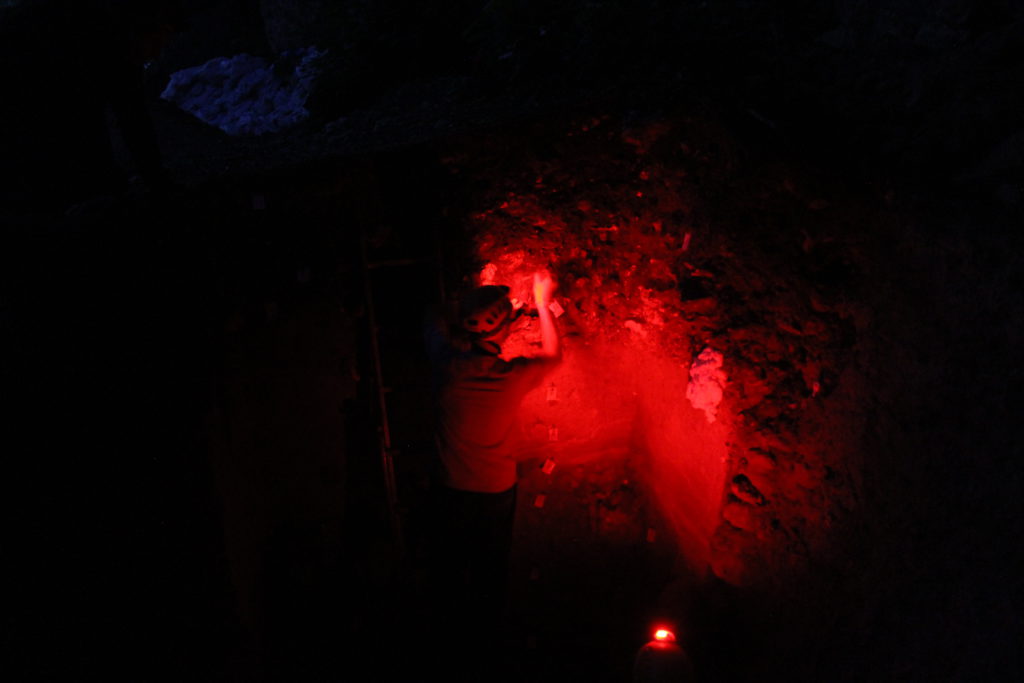Research will be conducted interdisciplinary. Because of archival character of material, which is the basis of project, necessary will by its cataloguing, documenting and digitalizing. Flint artefacts will be submitted to morphometric, raw material, planigraphic, micro-wear, and technological analysis with the use of refitting method. The ceramic and the remaining artefacts will undergo the analysis of its technological and morphological features as well as the comparative and the planigraphic analyses. Using the so-called intra (inter)-site analysis research strategy will allow for the spatial identification of certain types of behaviour as well as the reconstruction of the horizontal model of artefact circulation on the site (space exploitation methods). These multifaceted analyses will lead to building a framework for further, more general deliberations of an economic, social, functional and symbolic nature.

Bone material collected by W. Chmielewski and that acquired during the scheduled fieldwork, will be analysed by anthropologists and paleontologists. The variability and the richness of the species composition will be determined, which will make it possible to analyse the frequency and the variability of the main types of palaeovegetation and palaeoenvironment in the immediate surroundings of the sites, in a given historical or prehistorical period. Based on the composition of fauna assemblages (small mammals in particular), climatic reconstructions for respective cultural levels will be produced. Study of bone remains will comprise taphonomic analyses focused on separating environmental and anthropogenic factors responsible for bone accumulation in the sites’ sediments, as well as on post-depositional modifications. Selected samples will be used to carry out biochemical analyses (DNA and isotopic).
As it has been already mentioned, determining the absolute chronology of particular assemblages is the key element in the study of the analysed material. In order to achieve this, it is necessary to obtain C14 dates for each site from the available bone material and single charcoals on the one hand; on the other, it is mandatory to verify their stratigraphy by opening excavations on at least some of the studied sites so as to collect samples directly from profiles, and then submit them to chronometric and sedimentological analyses.
The geological re-investigation of the sites stratigraphy, based on geological documentation, that is drawings of sedimentary profiles, the published results of previous sedimentological and geochemical analyses, will be conducted. In case of the sites chosen for archaeological excavation, the geologists will have opportunity to analyse the sedimentary and post-sedimentary structures in situ, and also to collect samples for supporting analyses.






